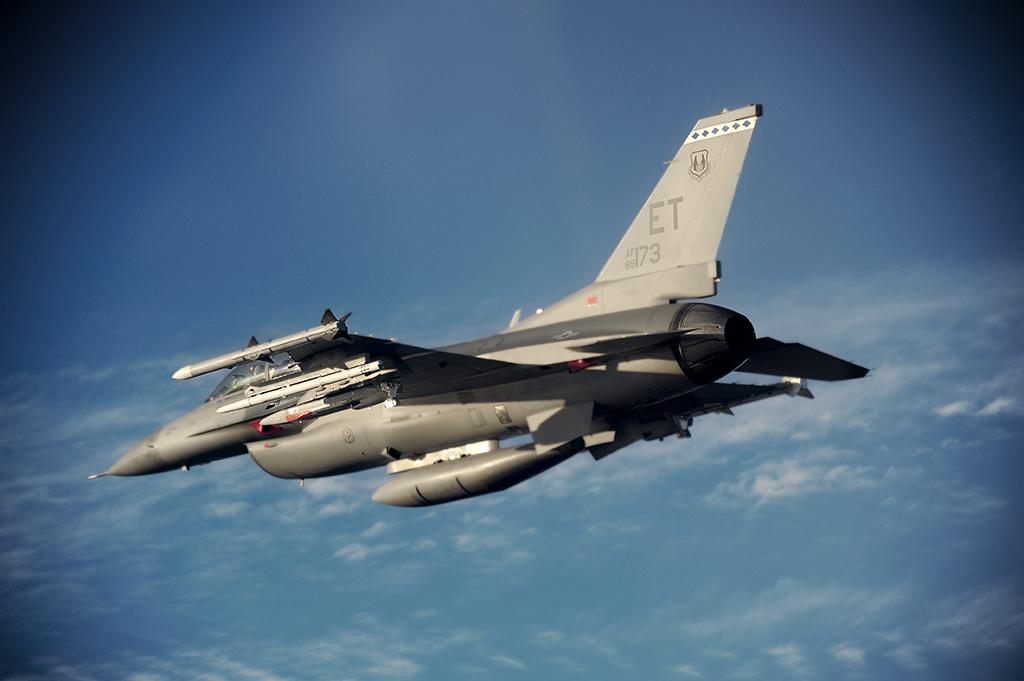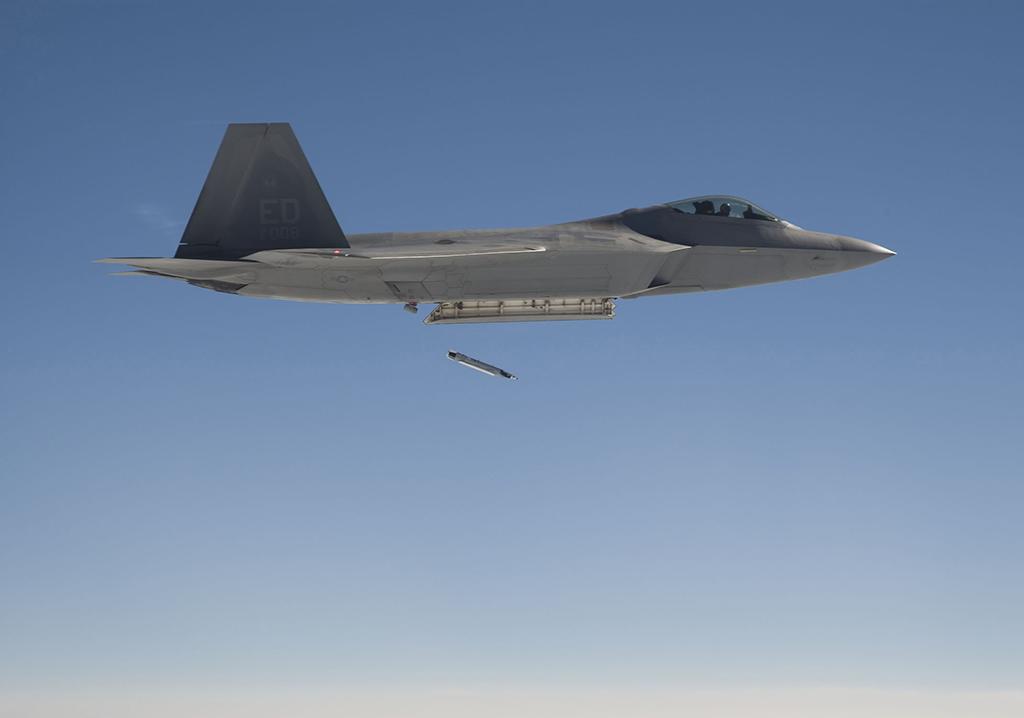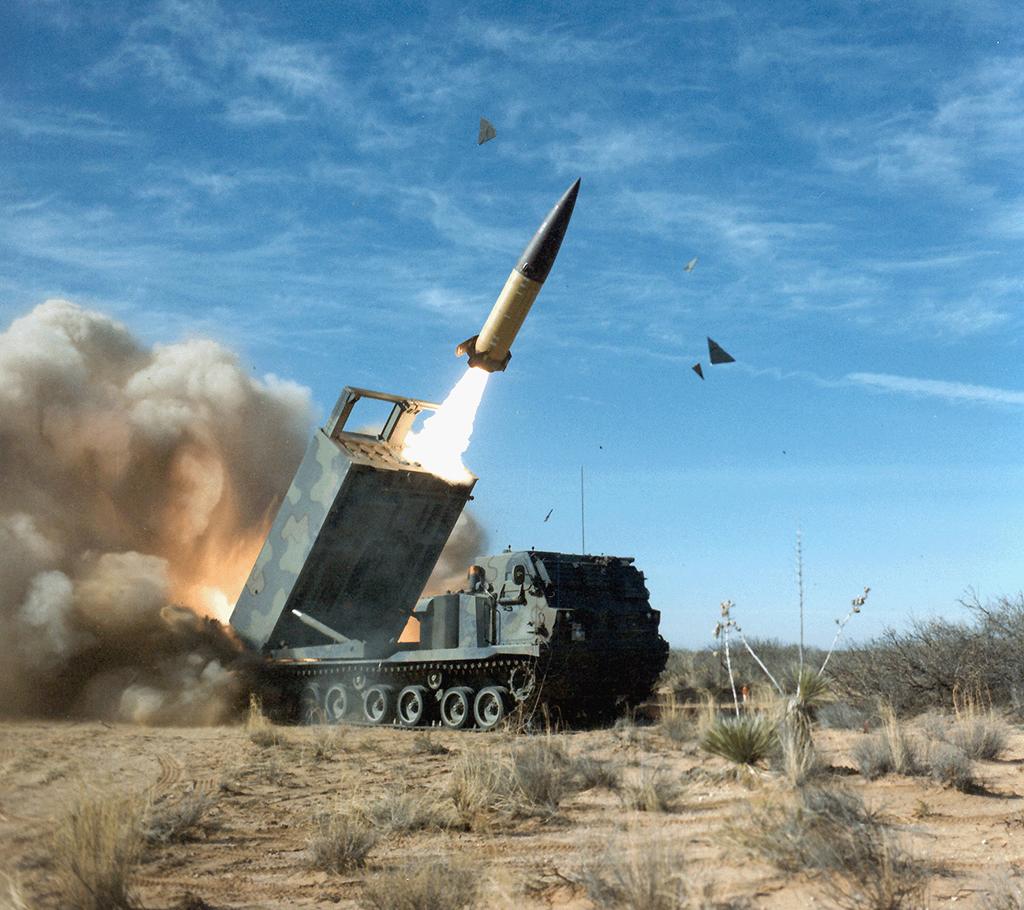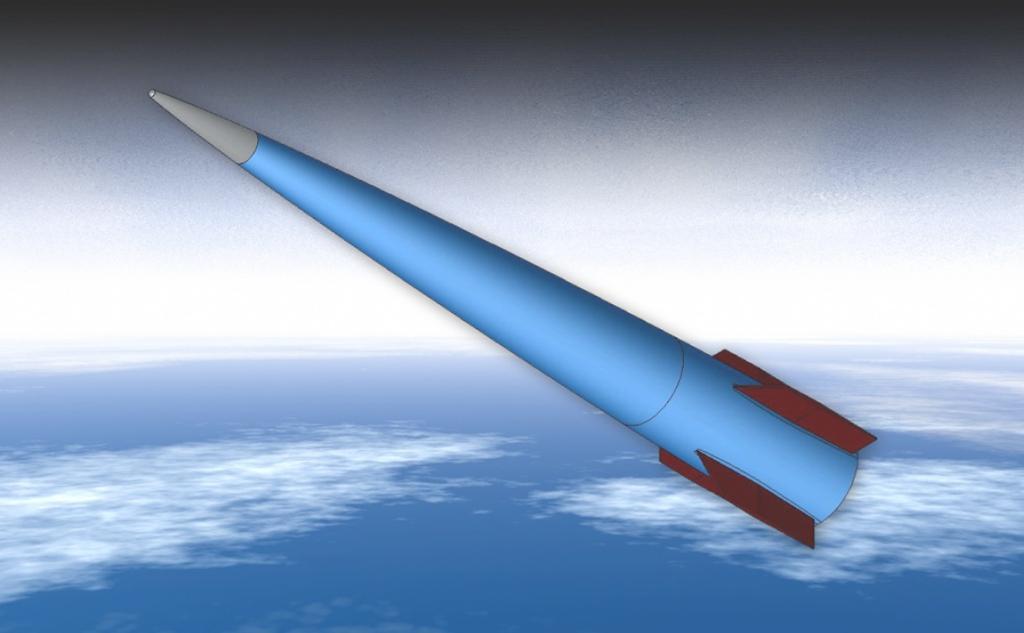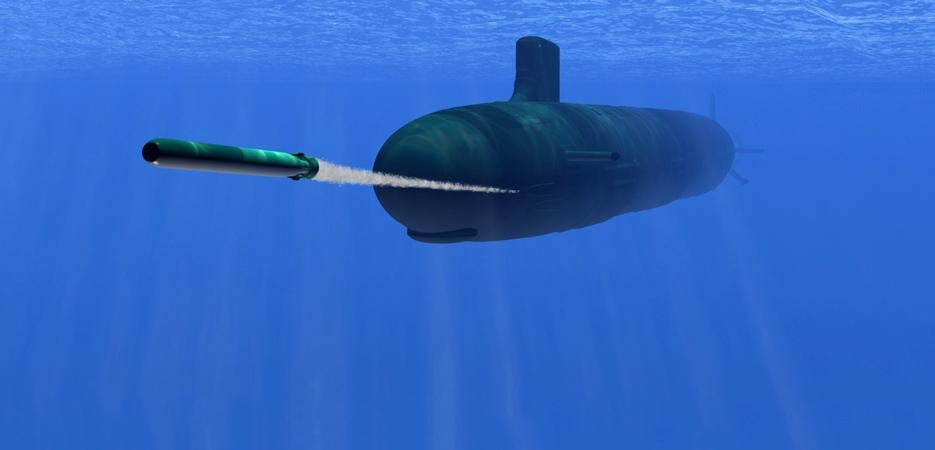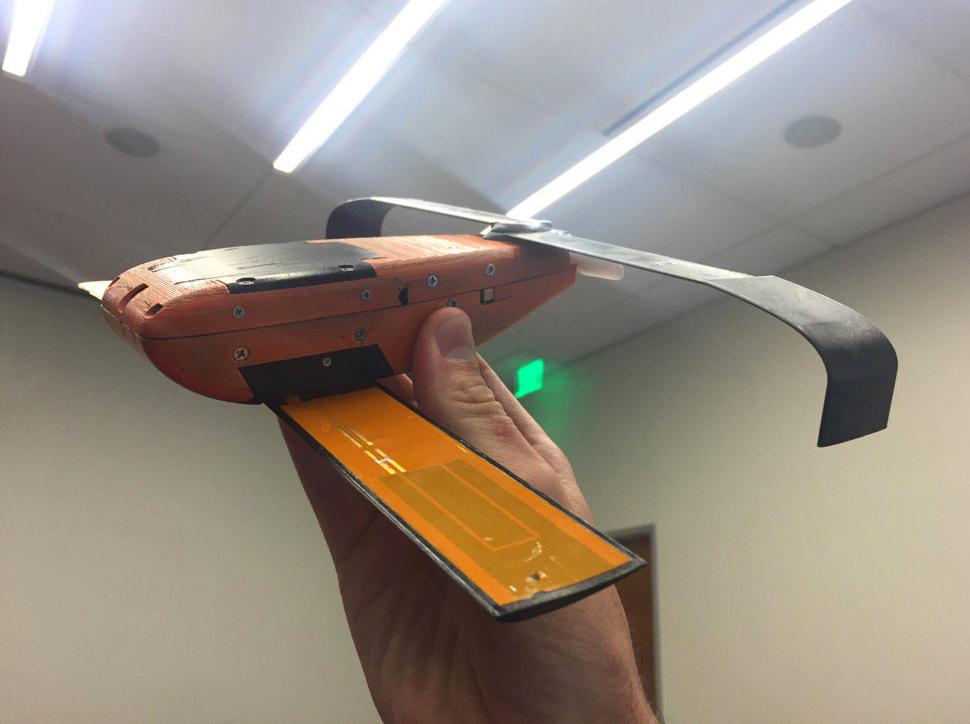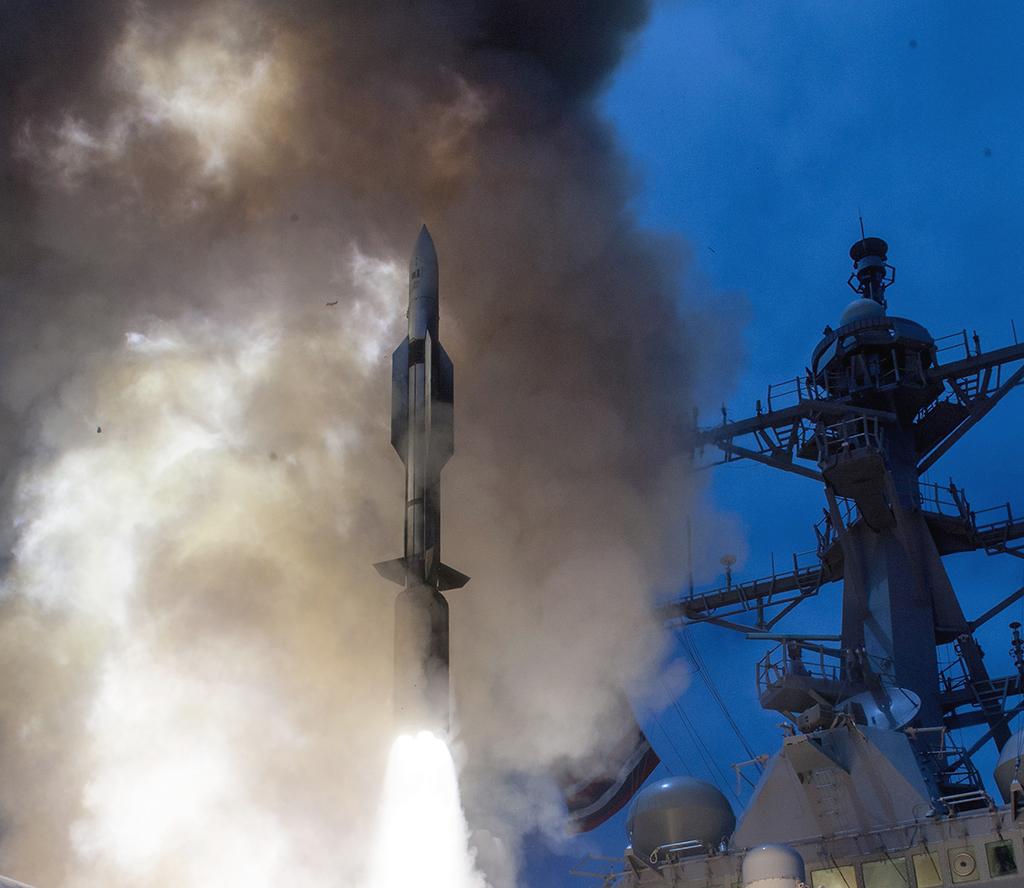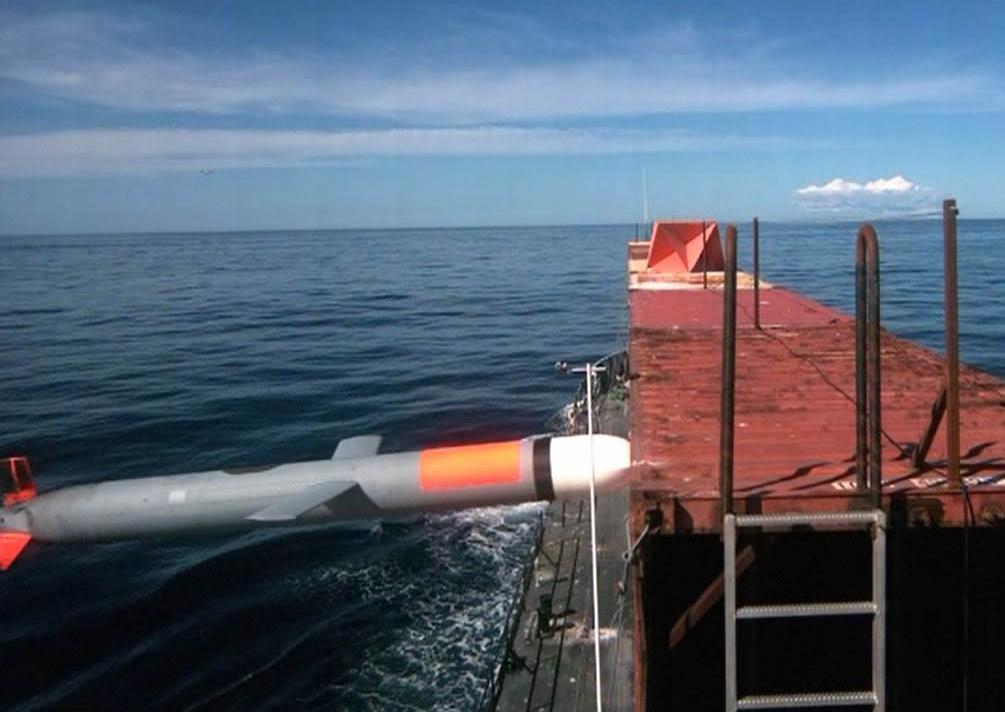Out Of The Shadows: The Pentagon's Strategic Capabilities Office
November 22, 2016As President-elect Donald Trump takes office in January and the relatively short reign of Defense Secretary Ashton Carter at the Pentagon closes, what will become of the Strategic Capabilities Office (SCO), Director William Roper and his merry band of innovators? Carter set up the SCO during his tenure as deputy defense secretary in August 2012 , but the office was kept secret until his fiscal 2017 budget preview at the Economic Club of Washington in February.
Most of the SCO's 15-plus projects remain classified. The organization typically seeks to fund five or six projects each budget cycle and has requested $900 million from Congress for this fiscal year. It has already nominated several projects for fiscal 2018. But their fate, and that of the SCO will depend on who Trump picks to lead the Pentagon.
Roper, who has led the SCO since its inception, hails from the missile defense community. He says the SCO’s charter is to create an “arsenal of surprises and sleights of war” by teaching new tricks to old and recently-fielded weapons. The organization does not run programs, but instead partners with the services, combatant commanders and intelligence community to conduct two-to-four-year prototyping efforts, where they test novel concepts and ways of using weapons. SCO teams are working with the Pacific, European, Strategic and Special Operations commands to ensure projects are operationally relevant and can rapidly transition into funded programs of record if successfully demonstrated.
Coming out of the shadows in 2016 has helped raise the profile of the organization and has led to innovative ideas being presented by industry, but most of the SCO's work will remain secretive, Roper says.
“My ultimate allegiance is to the commanders, and they need surprises,” he says. “They need tricks up their sleeve. They need the sleights of war early in a conflict that an opponent doesn’t know I’ve got coming. The more surprises we keep behind the door, the better equipped they’ll be to win.”
In this gallery, Aviation Week shows some of the projects revealed by Carter and Roper since the organization was publicly acknowledged.
This article was originally published digitally in Aviation Week & Space Technology on November 16, 2016.
